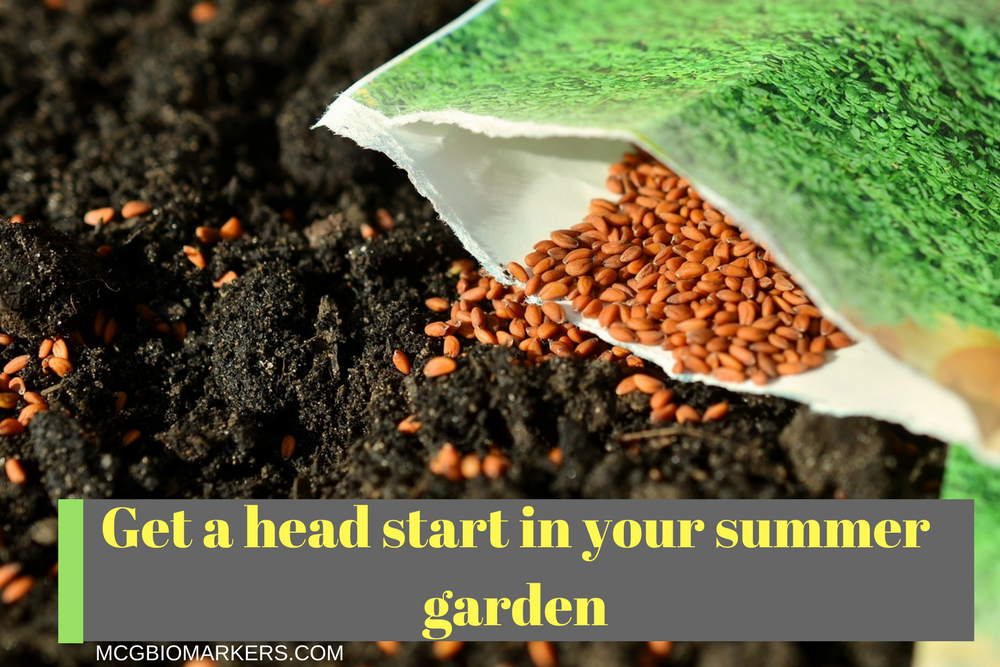 Are you visualizing a healthy and productive organic summer garden? The juicy melons, red tomatoes, and green freshly cut cucumbers among other vegetables and herbs that spice up your meals? Well, a productive organic garden starts with proper planning and seed selection. You must also prepare the seeds well in advance for the upcoming planting season. Here is a guideline about how to prep your seedlings and plant them.
Are you visualizing a healthy and productive organic summer garden? The juicy melons, red tomatoes, and green freshly cut cucumbers among other vegetables and herbs that spice up your meals? Well, a productive organic garden starts with proper planning and seed selection. You must also prepare the seeds well in advance for the upcoming planting season. Here is a guideline about how to prep your seedlings and plant them.
Start seeds indoors
Summer vegetable seeds must be started indoors ahead of the planting season. For instance, eggplant, peppers, and tomatoes must be started indoors during winter especially if you live in an area that experiences short growth seasons. The beauty of organic gardening is the fact that you can start the seeds in trays and place them in a sunny location or under grow lights. You do not need a greenhouse to get things rolling.
Moving seedlings outdoors
Once your organic seeds grow into strong and healthy seedlings, it is time to transfer them outside. But, the transfer may not be possible if it is still cold outside. The good news is that there are many workable solutions for dealing with late unpredictable freezes and cold temps. They include;
Hot beds or cold frames: a hotbed consists of manure as a source of natural heat or heating cables to keep the seedlings at the right temperature. Utilize sunlight to keep the seedlings warm.
Low tunnels: low tunnels are made using PVC pipes or wire hoops and covered with either Agribon, greenhouse plastic or any good breathable material.
Floating row covers: row covers are laid directly on the plants to protect them from succumbing to frost. Row covers are available in different levels and weights. The ideal row cover level and heaviness is determined by the level of frost in your area. The heaviest cover offers 8 or more degrees or protection.
Wall-O-Water: the wall-o-water method protects individual plants using water tubes. This method is more of a mini-green house that allows you to transplant your seedlings about seven weeks ahead of time.
Solar bells: solar bells also protect individual plants by insinuating a mini-greenhouse effect. The solar bells resemble regular bell cover shape but have a vent at the top that is opened during the day to allow ventilation. They are very effective when used on tender plants.
Water the seedlings
After ensuring that your seedlings are protected, you must remember to water them so that they can continue to thrive. The seedlings would also benefit from organic nourishes like kelp and liquid fish.
Bottom line
Organic gardening requires more investments in regards to time and resources when protecting your crops from harsh weather as compared to conventional gardening. Hence, the need to contact long term organic gardeners or experts within your area when stuck. They not only show you how to thrive as an organic gardener but also how to deal with arising problems that may destroy your plants.


